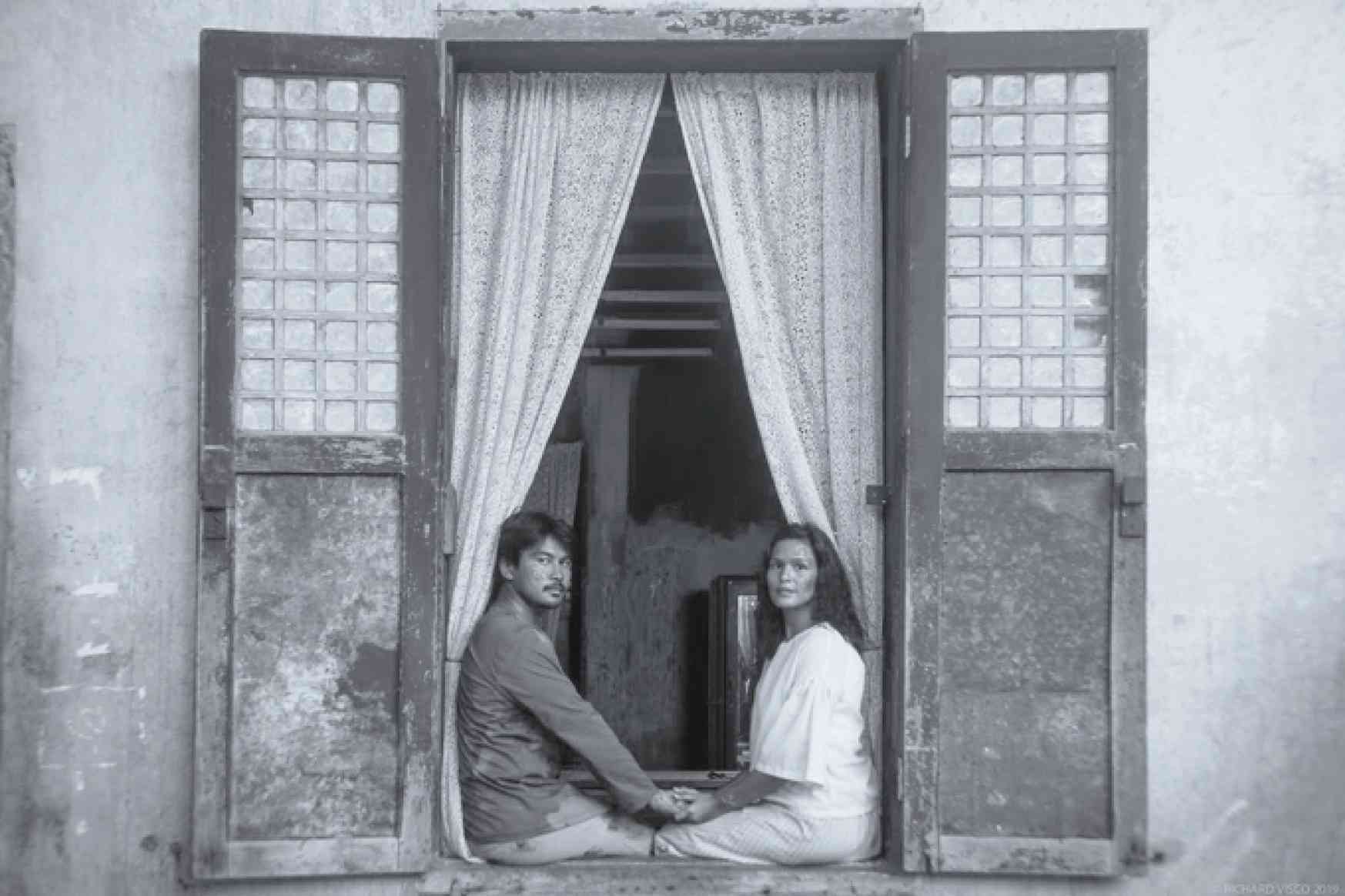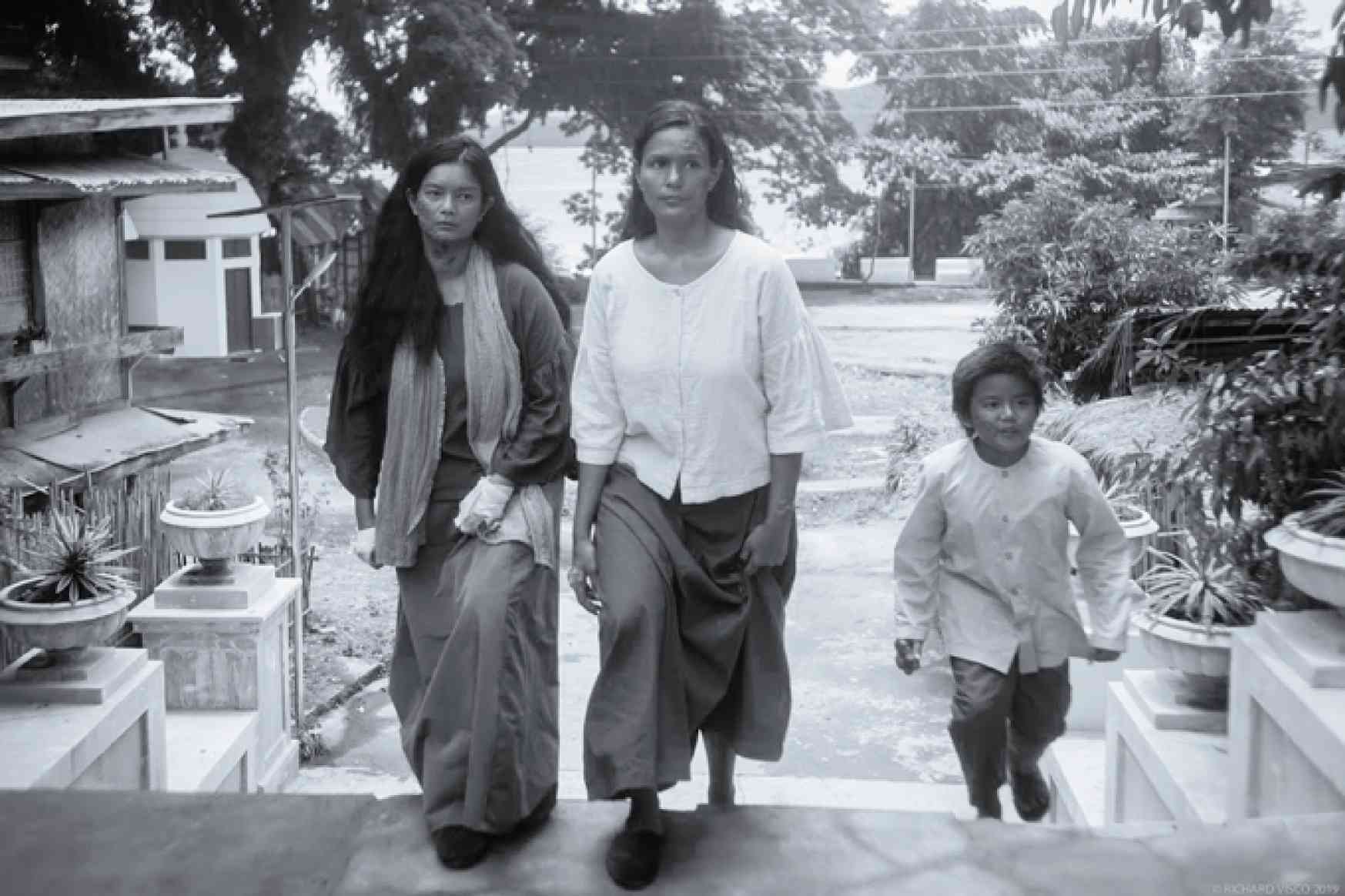
The lukewarm audience reception of “Culion” at the Metro Manila Film Festival reveals a lot about how we deal with history especially the muted and painful past; after all, we have rationalized that film’s primary purpose is to entertain and history has always been far from entertaining.
But aside from movies’ contrasting functions, dealing with colonial history itself, its ramifications, the silencing of women narratives, the marginalization of indigenous people, the sick, the outcast and the poor, all these speak of a certain “madness” at the onset of modernity, which philosopher Michel Foucault would see as the outgrowth of the age of reason, in the mid-17th century Europe in which the mad, along with prostitutes, the sick, vagrants, blasphemers and the like were consigned to society’s margins.
In a way, what we consider as a history of civilization is a history of confinement of the sick and the mad. confinement made the mad conveniently available to medical doctors who began to view madness as a natural object worthy of study and then as an illness to be cured.
Civilization is the other side of barbarism.
In “Culion,” people afflicted with Hansen’s disease (also known as leprosy) are confined to the Palawan leper colony. Culion as a reservation was closely related to the early efforts of the Americans to establish some form of public health policy in the Philippines as part of their long-term intentions to occupy the archipelago. The creation of the Manila Board of Health was due mainly to the belief that the maintenance of public health required the isolation of cases of leprosy from the rest of the public.

After an investigation of several sites, the island of Culion was selected as a segregation colony in 1901. The first contingent of 370 patients from Cebu was brought to Culion on May 27, 1906, and between 1906 and 1910 the Americans rounded up 5,303 leprosy-afflicted individuals and brought them to the colony.
Writtin by Ricky Lee and directed by Alvin Yapan, “Culion,” shows us then a slice of that history through Anna, Doris and Ditas. Anna (Iza Calzado) believes a cure will be found even when her baby was taken away from her. Doris (Jasmine Curtis-Smith) believes a beautiful nymph, Diwata, will heal them all. And Ditas (Merryl Soriano) is forever trying to kill herself though she’s always pathetically unsuccessful. Together these three women deal with their everyday struggles, biding their time and waiting for cure while helping other patients.
In a Samuel Beckett-like fashion, their waiting accrues to an articulation of their solitude that is poignantly reflected by a child’s diary of a list that comes and goes in the islands, and of things that stay or linger deep within.

In the end, these women along with the rest of the community, hold their breath before World War II, the coming of the Japanese. The film poetically reverses our cinematic gaze, as the women show us their lives eventually: They sit in the harbor, ruminating on their isolation and the poetic justice perhaps as people started seeking their refuge and help. “Culion” unnervingly watches us and history has that purpose too, the more you peer into history the deeper it looks back at you. This is perhaps why the film “Culion” engenders such difficulty from us viewers. We often want to be entertained but when we are summoned to be reflective, a lot of things about us fall apart, layers of skin are shed, and we begin to see the wounds within.








































